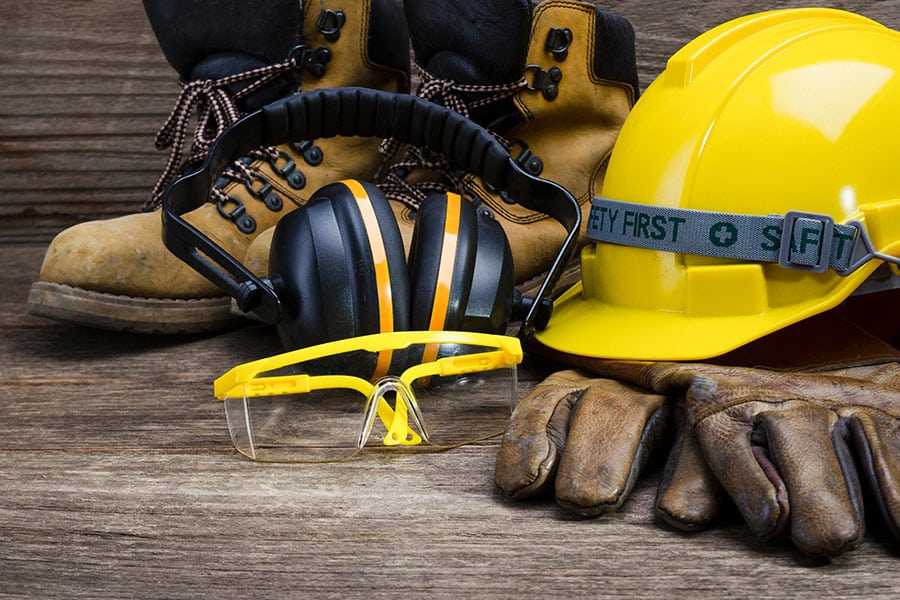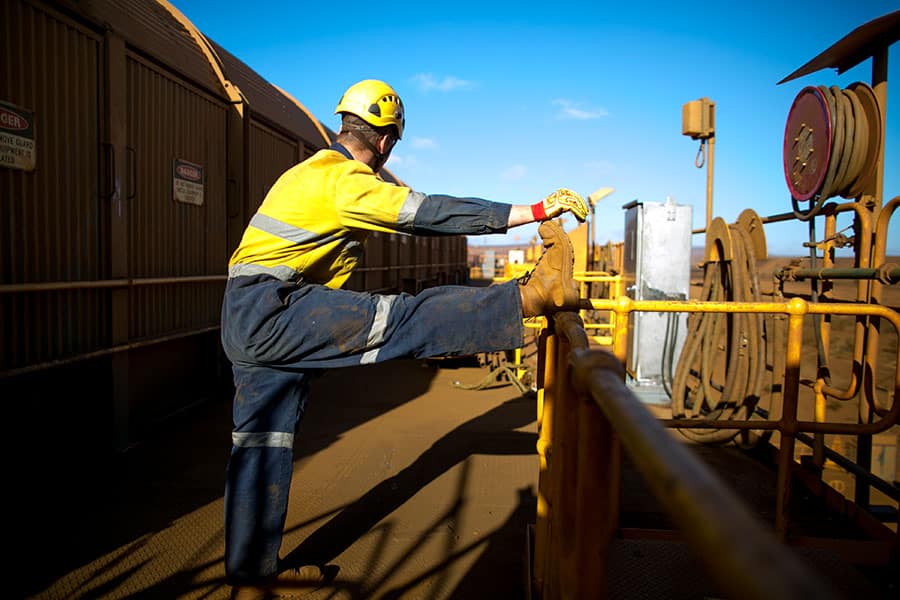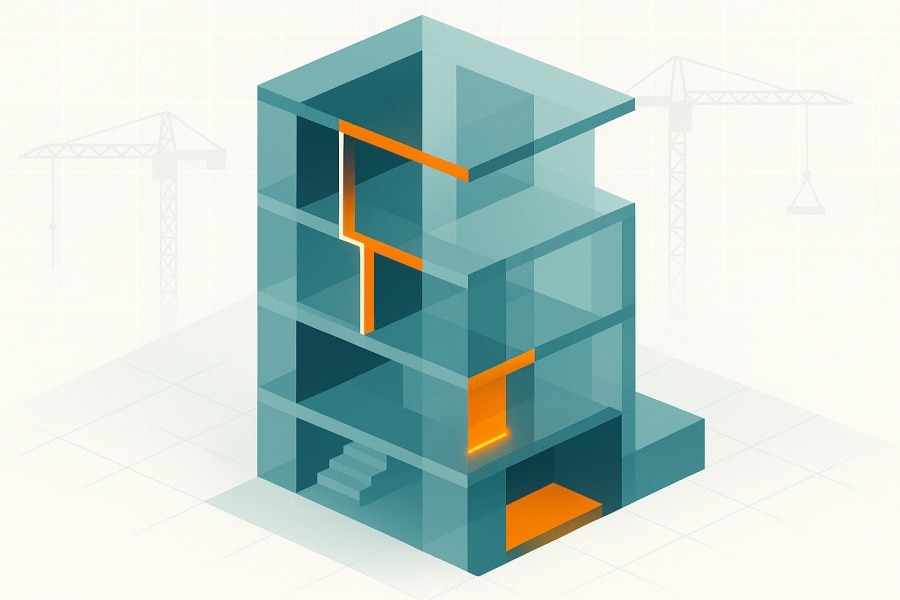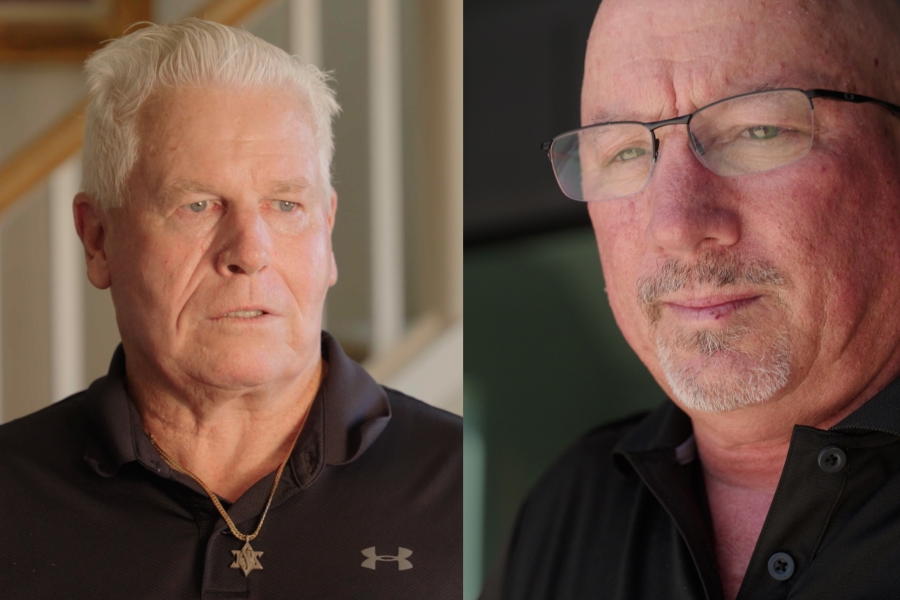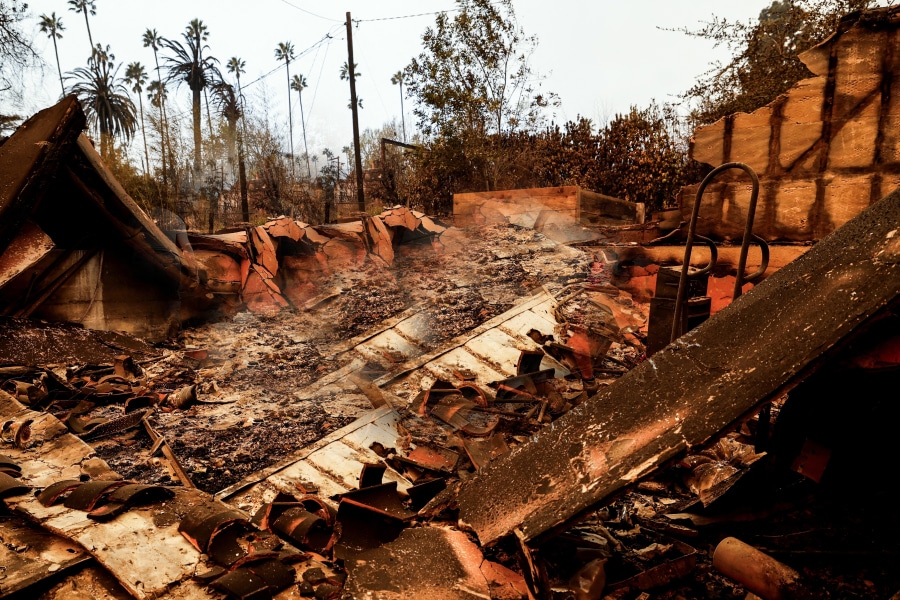As safety manager for Ohio-based construction company Metcon, Anthony Miller had been on the hunt for resources—guidance on augmenting “toolbox talks” and bolstering other measures to keep workers safe on the job.
But, as Miller knew, providing workers with hard hats is one thing. Ensuring they actually wear them is another. As Miller scanned the resources on the website for CPWR—The Center for Construction Research and Training, another caught his eye: the Safety Climate Assessment Tool.
In construction, there can be a disconnect between jobsite safety culture, what companies say their commitment to safety is and the safety climate, the “shared perceptions” about whether safety policies and procedures should actually be followed.
And in an industry with the most workplace deaths, monitoring safety climate matters. Research demonstrates that a strong safety climate can reduce fatalities and injuries. That’s why the center, a nonprofit dedicated to reducing injuries, illnesses and fatalities in the construction industry, rolled out the assessment tool that Miller deployed, along with a Safety Climate Assessment Tool for Small Contractors.
Both are part of the center’s free Safety Climate-Safety Management Information System, which launched this year and includes the assessment tools and access to thousands of safety resources. So far, more than 350 companies across the globe have created an account on the center’s website and 18,000 resources have been downloaded.
“It’s not just important so that people come home from work alive as much as possible,” said Linda M. Goldenhar, the center’s director of research and evaluation. “Creating a strong safety climate on the jobsite, you’re going to get more productive workers—workers who work with their crew leaders as a team.”
Said Miller, who also was part of a pilot project for the broader system: “It’s pretty easy for management to get disconnected from their team members. That assessment gives you an idea where you’re at.”
Free and easier
Large construction companies can afford entire teams or consultants to track and monitor the safety climate. But small and midsize companies like Metcon often don’t have the ability to deploy safety climate assessments on a regular basis.
The safety climate system is the culmination of work that Goldenhar has been doing for the past decade, creating resources to help construction companies improve.
RELATED:
“What was always bothering me was there were all these people, including us, telling contractors what they should do; they should create a policy to do this or that,” Goldenhar said. “But a lot of contractors, particularly smaller ones, don’t have the resources to create those tools.”
The system comes in two parts—assessment tools and resources.
The assessment tools are designed to make it easier for construction companies to evaluate their safety climate. With both, companies can send online surveys to employees. Their responses are logged anonymously, but companies can compare the results based on job title or department, for example.
That anonymity is critical, allowing for candid responses, said Goldenhar, who holds a doctoral degree in public health. “People obviously are going to be less likely to answer honestly if they think anybody in the company can link their responses to their name,” she said.
‘Evidence informed’
The surveys target eight leading safety climate indicators:
- Demonstrating management commitment
- Aligning and integrating safety as a value
- Ensuring accountability at all levels
- Improving supervisory leadership
- Empowering and involving employees
- Improving communication
- Training at all levels
- Encouraging involvement from a project’s owner and client
Companies can use one or both of the system’s assessment tools.
The Safety Climate Assessment Tool for Small Contractors gives companies a snapshot of their current safety-related activities and what they could be doing in the future, Goldenhar said. It lets them check off whether they’re involved in specific activities that can make workplaces safer—such as recognizing workers for obeying safety rules, holding regular meetings with workers to discuss safety and involving the project owner in safety meetings.
The Safety Climate Assessment Tool allows companies, including small contractors, to measure the maturity of the jobsite safety climate initiatives, rating their level of commitment along each indicator from inattentive to exemplary.
Once companies have assessed their current situation with either tool, they can download online resources from the center’s website to shore up gaps or improve on what they’re already doing. The resources—from a pre-project safety planning checklist to a guide for site safety audits—come from large companies in the industry, all “evidence informed,” Goldenhar calls them.
Reinvention not required
In September 2022, Miller participated in the center’s pilot project for the overall system and found two or three areas that could use a little boost, including communicating about safety topics.
With guidance from the center’s resources, Miller has made changes. He’s evolved Metcon’s stretch-and-flex program to include safety talks that focus on the tasks of the day and how the weather might impact work. This fall, several Metcon leaders, including Miller, attended huddles each week to punctuate the importance of the gatherings.
Miller has also started handing out safety incentives. When leaders see a crew member doing a positive thing for safety, such as wearing their safety gear, they’re rewarded with a $25 gift card. And Miller hosts safety lunches. Once or twice a year, he’ll take each crew out for a sit-down meal to talk safety.
The system is designed as a continual process for evaluation and improvement. And this past fall, Miller was gearing up to conduct the survey again, so he can compare year-over-year results. “What’s going to be the real telltale is when we redo this again, and then see if there’s any improvements made,” he said.
For Miller, the center’s safety climate system has made his job easier—giving him a bigger-picture view into the safety climate at Metcon and providing the actionable and practical information required to improve as needed. He recommends it to others.
“With this, the resources are there; you don’t have to reinvent them,” he said. “It caters to your needs.”

